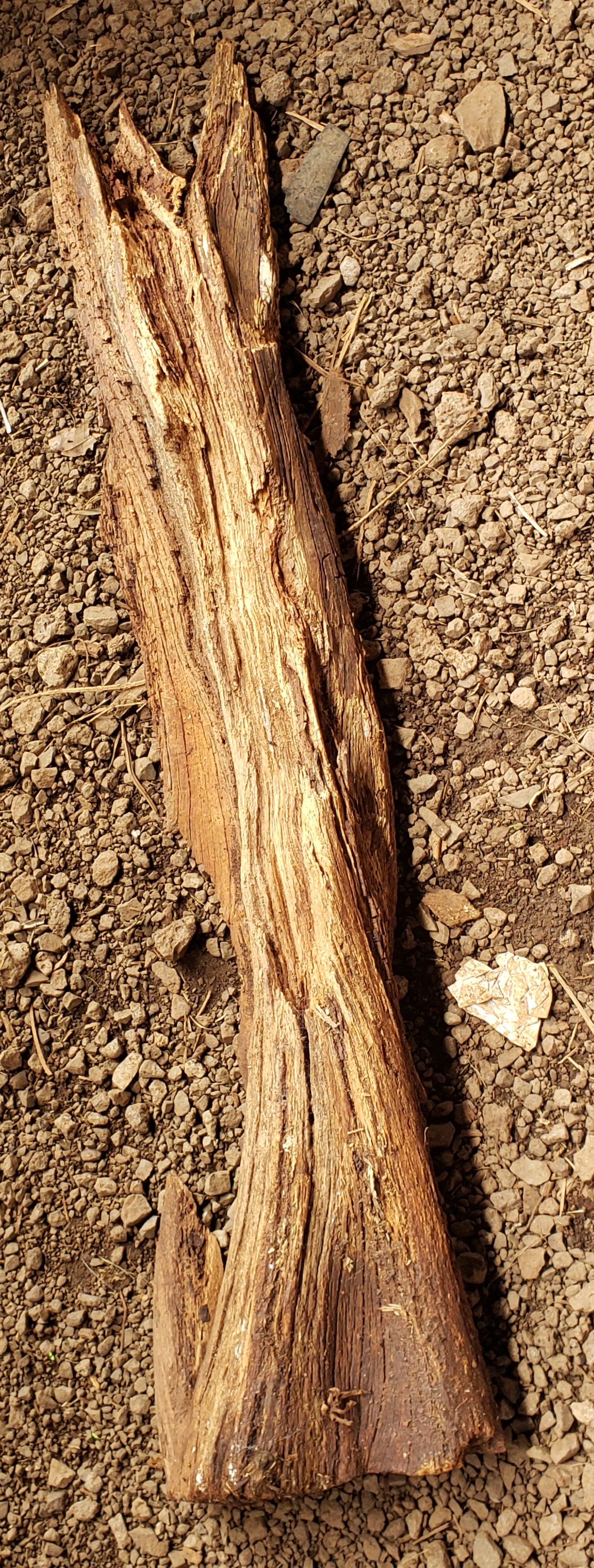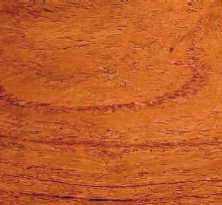


Top cut.
Fun little piece for some resin work.

Kiawe, or algarroba or mesquite, an introduced deciduous usually spiny tree, is one of the most common trees and perhaps most useful of the dry lowlands of Hawaii. Recognized by the irregular short trunk and wide spreading thin crown of small twice compound leaves and by the beanlike narrow, slightly flattened, yellowish pods. Small to medium-sized tree 30—60 ft (9—18 m) tall, with trunk 1½ ft (0.5 m) or more in diameter, usually smaller, often angled and fluted, twisted, and crooked, and with widely forking branches. Bark gray brown, finely fissured. Outer bark brown, inner bark orange brown, fibrous, bitter. Wood is dark reddish brown, very heavy (sp. gt 0.85), extremely hard, and has low shrinkage in drying. In Hawaii, it has been made into cement floats and mallets, as well as heavy rifle stocks in match shooting. Its most common uses are charcoal, fuelwood, and fence posts. The heartwood is very resistant to decay. Though attacked by marine borers, the timber has served for piling elsewhere. The bark reportedly contains tannin and yields a brownish gum suitable for varnish, glue, and medicine.